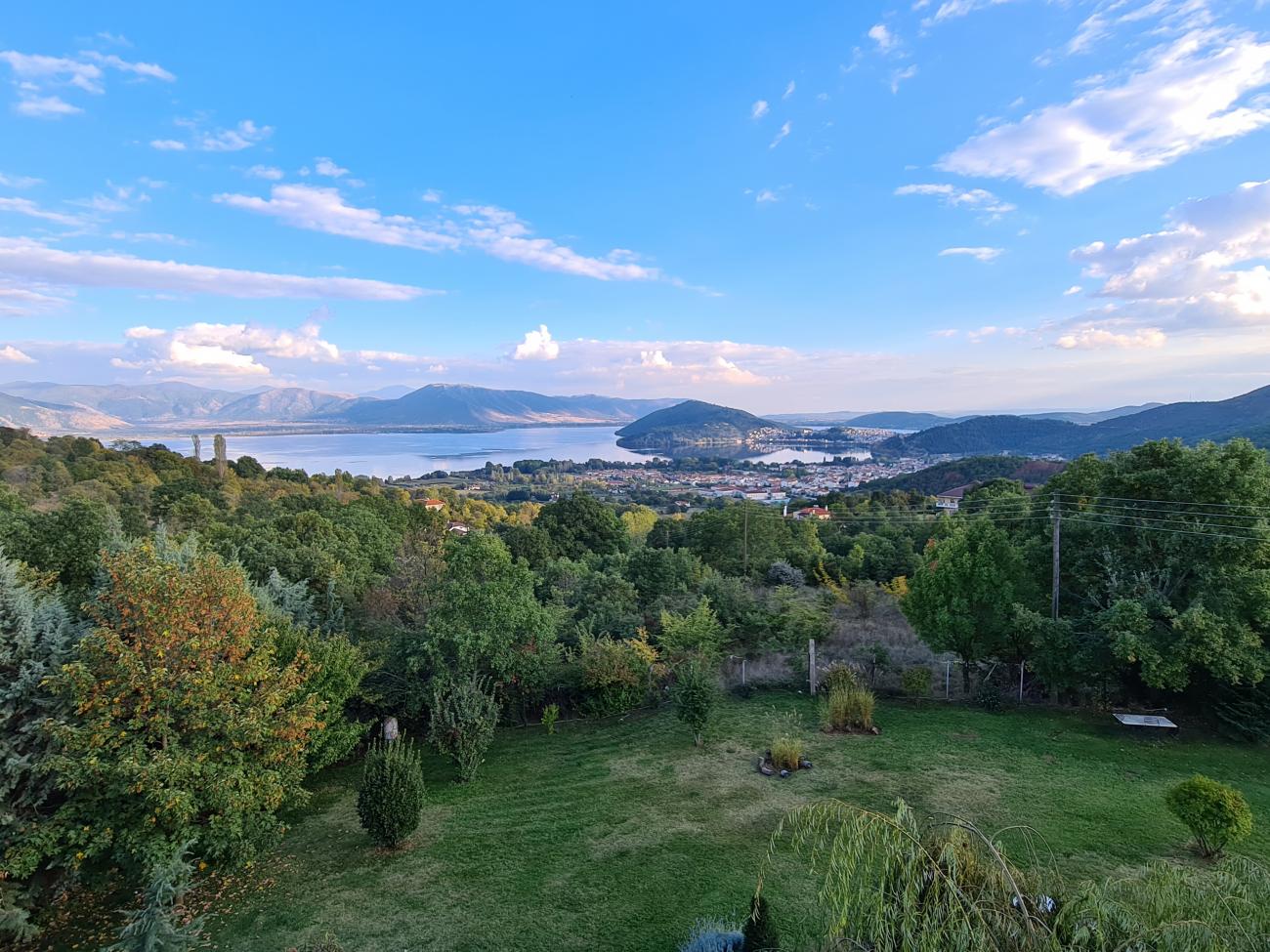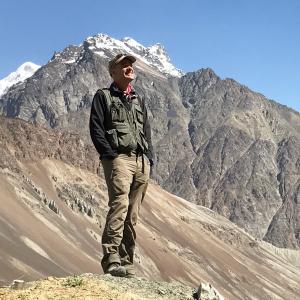We all know a great photograph sells holidays; a palm-fringed beach, an Alpine meadow, a great piece of architecture all have us scrambling for our passports, booking flights and hotels and heading off for a different experience to the one we’re used to. So it was, that a picture of the Meteora monasteries in northern Greece so dazzled me, I felt Wild Frontiers was missing a trick not making them available to our clients and so I set up this trip to see them.
And in reality, they don’t disappoint.
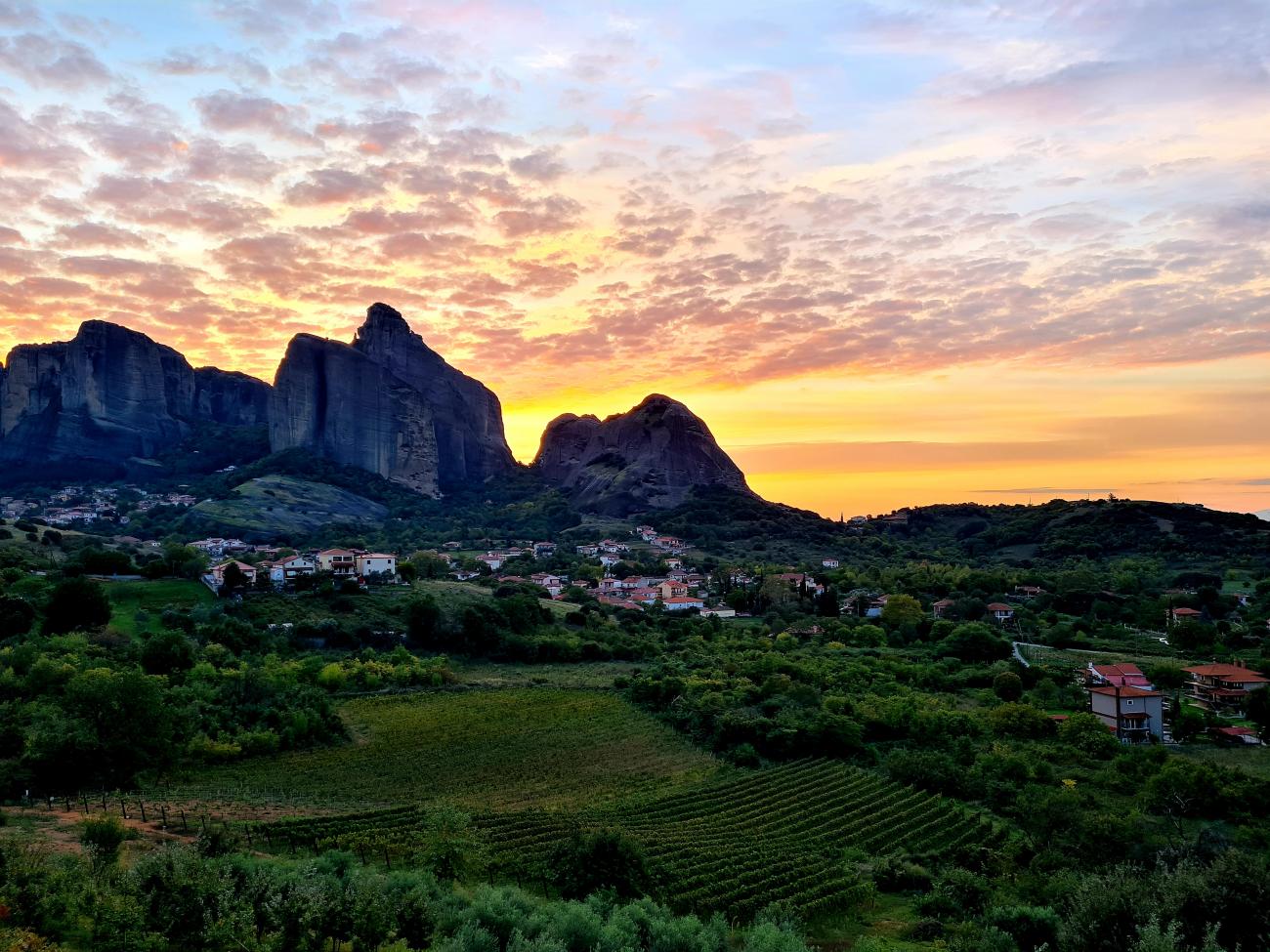
Perched precariously on spectacular pinnacles of rock that rise like blunt grey fingers from the surrounding plains, these eerie religious lairs made the perfect refuge for the monastic life. Safe from political upheavals going on around them, the monks had complete control of the entry to the monasteries. The only means of reaching them was by climbing long ladders, which could be drawn up whenever the monks felt threatened. Build during the late Byzantine period (11th to 15th century), there were originally 24 Eastern Orthodox monasteries constructed, of which six are still in use. They are so spectacular, they have even been used as a location for a Bond film (View to a Kill – 1985).
And so it was that last week, with a group for twelve intrepid travellers, all keen to escape the shackles of lock-down, we hiked a route now used by modern-day travellers from the tiny village of Kastraki, up through the forests that surround them to the Monastery of Great Meteoron. The largest of the remaining monasteries, it was erected in the mid-14th century and in its main church, houses some of the finest Byzantine frescoes ever painted. The views were also spectacular, particularly over the nearby Monastery of Varlaam.
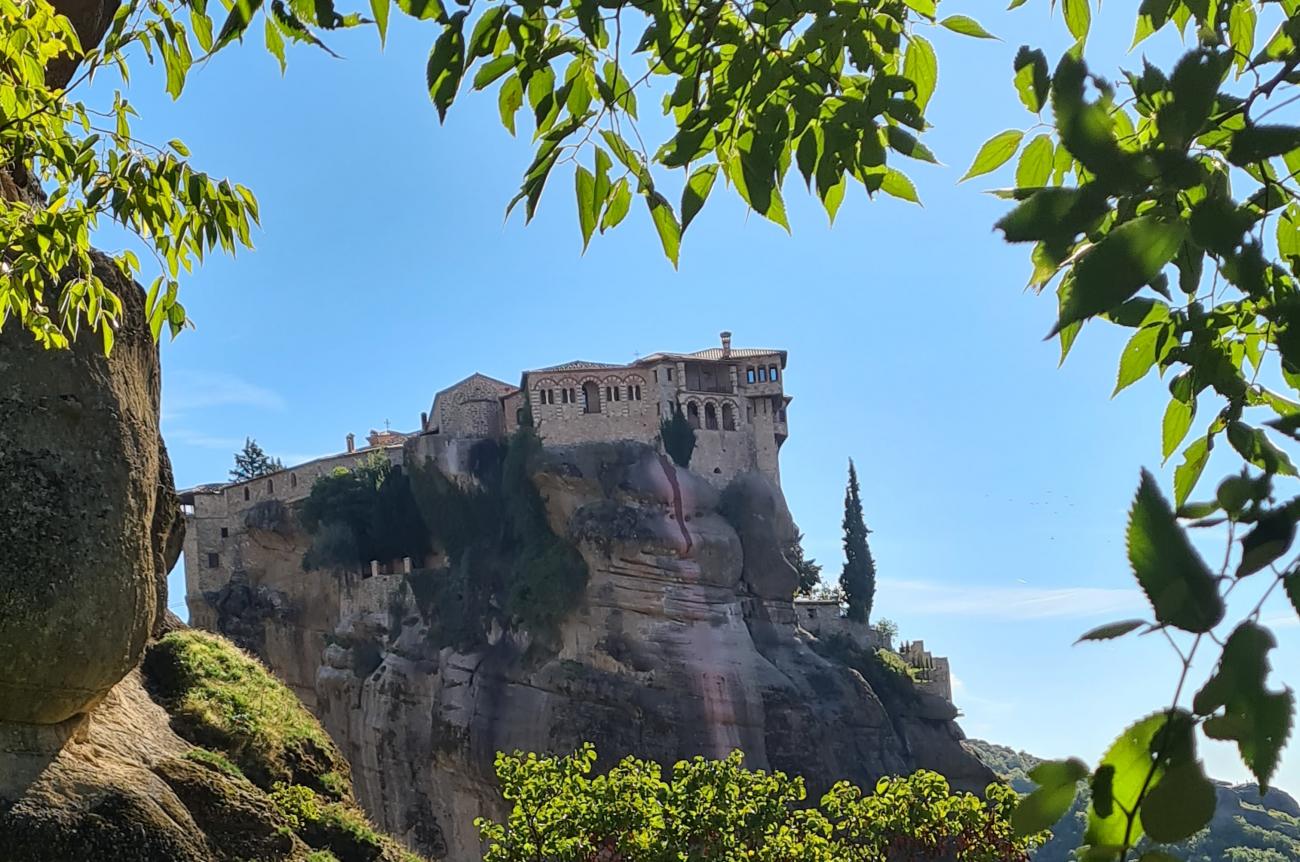
But northern Greece is no one-trick pony. Starting our tour in the UNESCO dominated city of Thessaloniki, we visited four of the city’s fifteen world heritage sites – just to put that in perspective, the whole of India has nineteen – before moving on via the archaeological sites of Palle, the birthplace of Alexander the Great, and Vergina, where the tomb of his father Phillip II, King of Macedonia resides. And from here we headed into the countryside.
Setting this trip up as a cultural walking tour, we then did three wonderful hikes, each of about 10kms, through the pretty and totally unspoilt Pindos mountain range. At this time of year, the forests through which we walked were particularly colourful; under the ubiquitous Greek sun and clear blue sky the foliage blazed in reds, rust, orange and yellow. We had picnic lunches beside deserted lakes and learnt of pilgrim routes along the Via Egnatia. We enjoyed a wine tasting in the pretty Alpine village of Metsovo and ate delicious local cuisine, especially in the lakeside town of Kastoria. We watched 20,000 cormorants, pelicans and flamingos perform for us on Lake Kerkini and visited a bear sanctuary near Nympaio. We wandered through the huge cave complex at Alistrati and spend time at the fabulous archaeological site of Philippi, capital of the former Macedonian Kingdom.
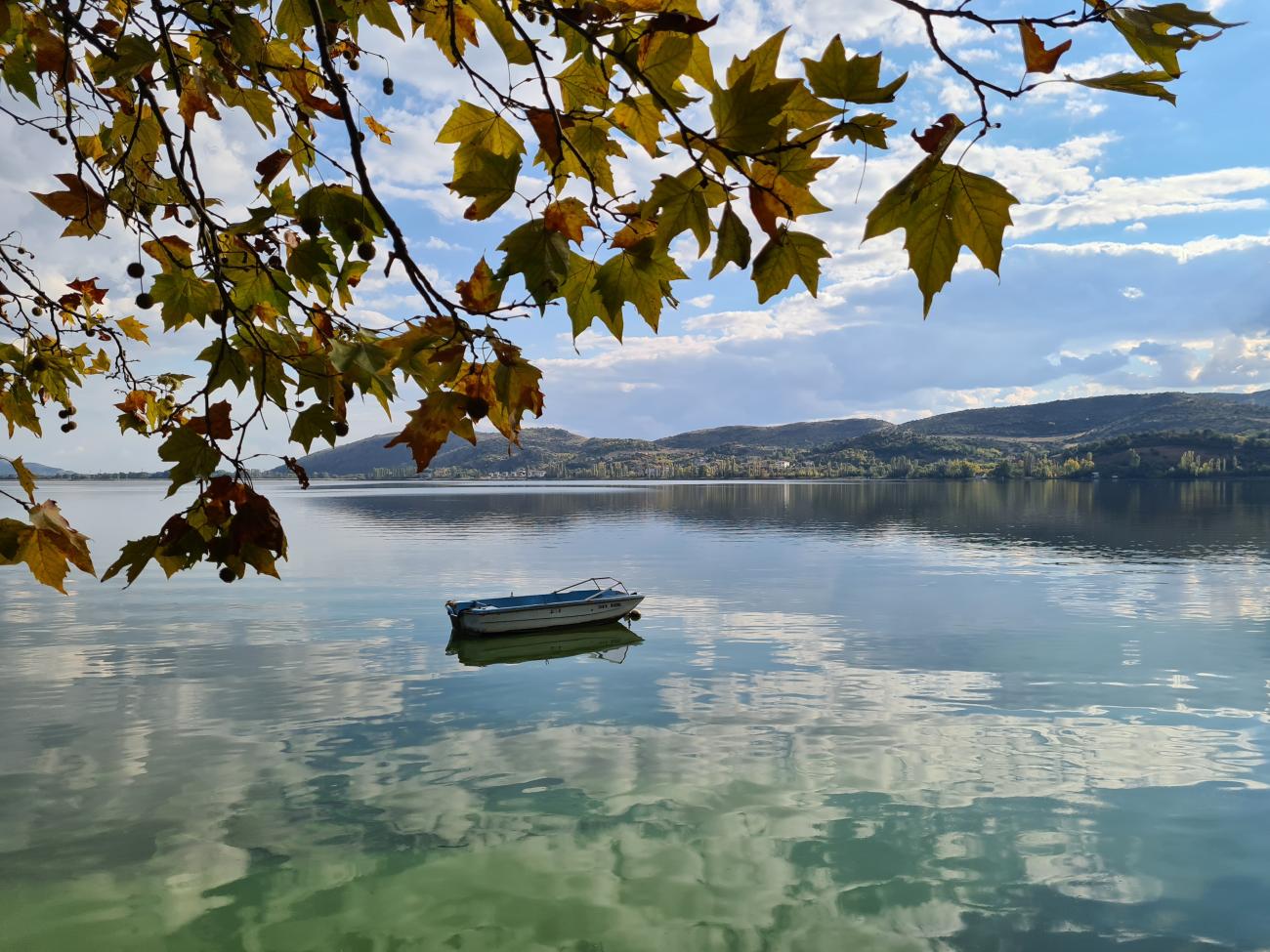
Some questioned whether we could find true wild frontiers in western Europe, that would take our travellers both off the beaten path and give them the kind of experience they were used to in other, less developed parts of the world. Having done this trip, I have no doubt we can. It was a fabulous adventure.
